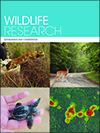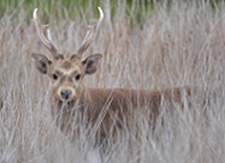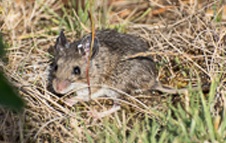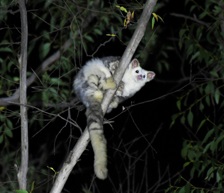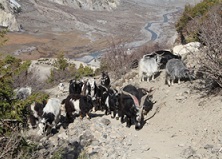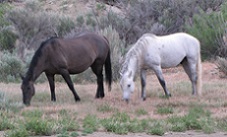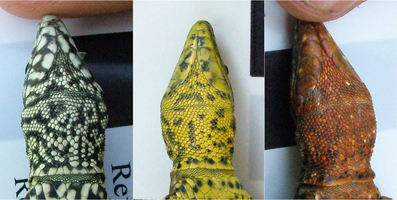WR21138Bayesian modelling reveals differences in long-term trends in the harvest of native and introduced species by recreational hunters in Australia
 , David S. L. Ramsey and Jordan O. Hampton
, David S. L. Ramsey and Jordan O. Hampton 
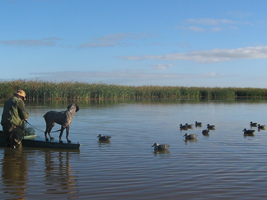
Recreational hunting is popular across Australia for native and introduced wildlife species but little is known about long-term trends in harvest. We assessed recreational harvest levels via hunter surveys from three groups of wildlife (deer, ducks and quail) over 11 years in Victoria, Australia. Our study revealed that harvest levels for introduced deer have increased markedly, but there has been little change for native ducks and quail. Changes in hunter numbers, behaviour and efficiency are important to monitor for sustainable wildlife use. Photograph by Steven Wade.
WR21138 Abstract | WR21138 Full Text | WR21138PDF (2.1 MB) | WR21138Supplementary Material (826 KB) Open Access Article


